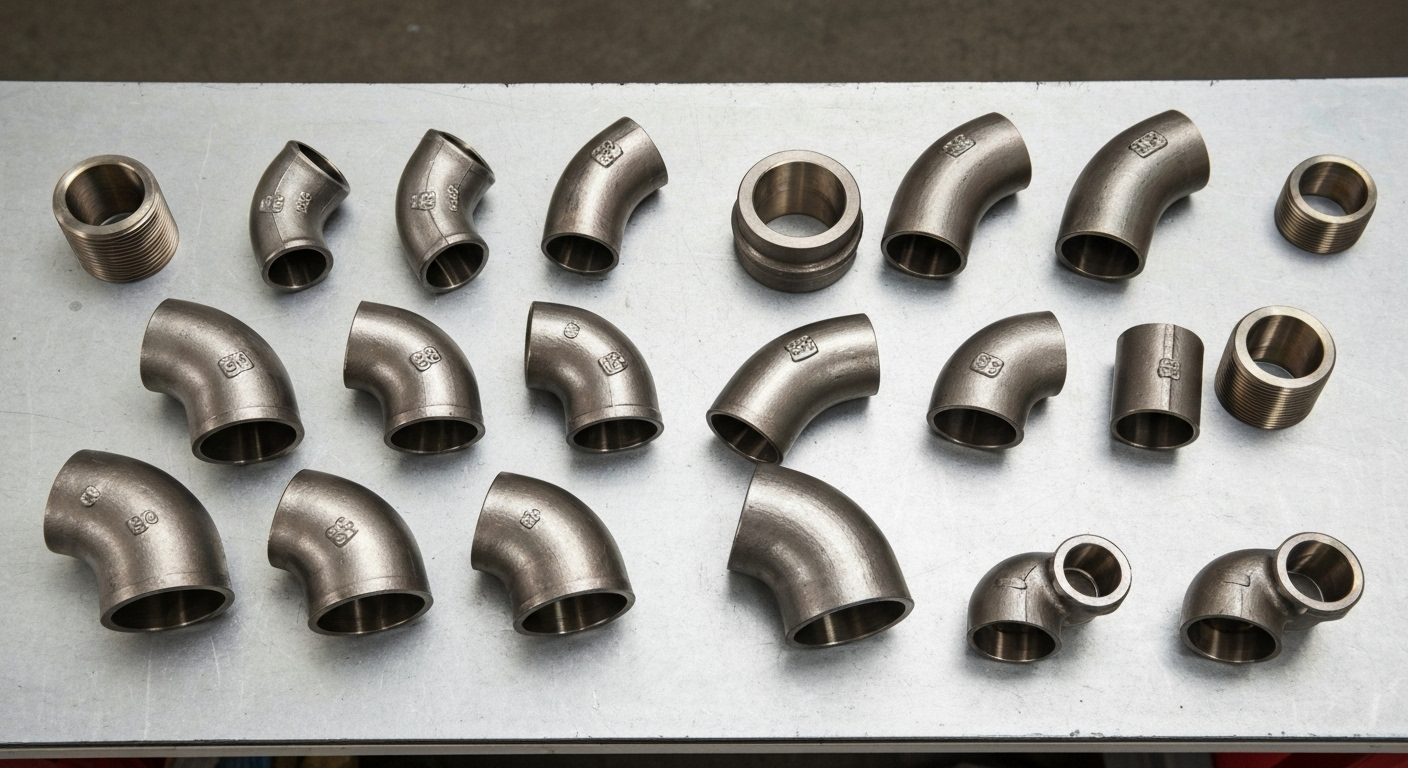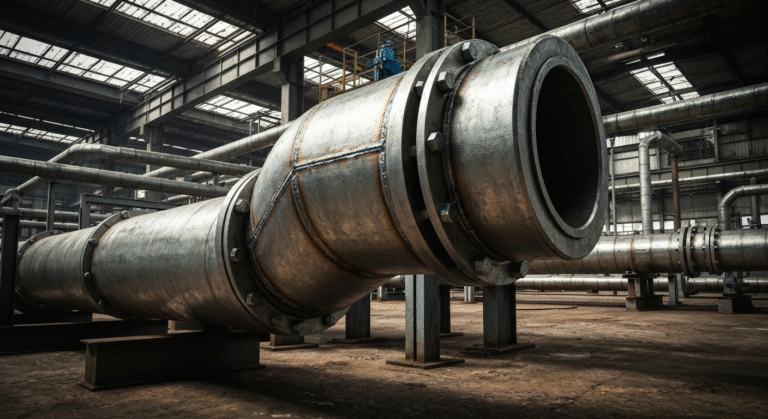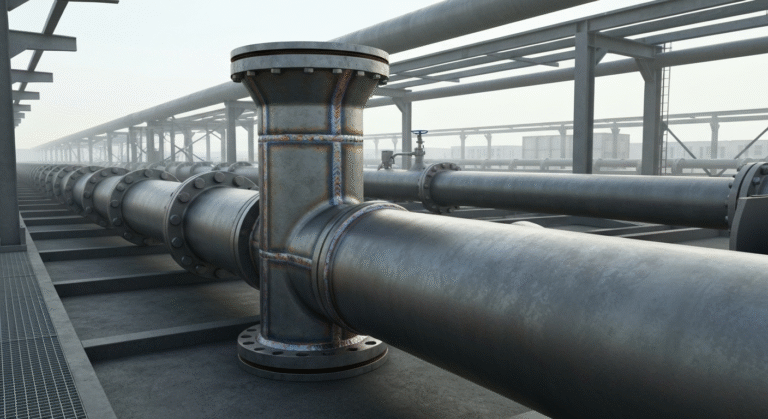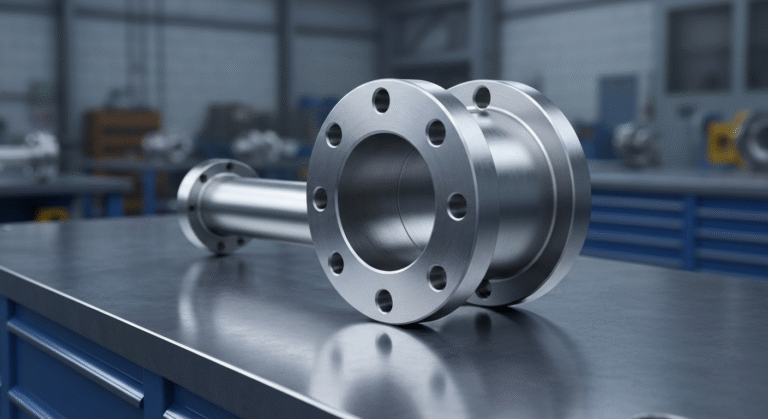-
Промышленная зона Иньчжуан, уезд Мэнцюнь, город Цанчжоу, провинция Хэбэй, Китай

Колено 90 градусов: Ключевые факторы для правильной установки

Основные моменты
- A 90 degree elbow is a crucial pipe fitting used to change the direction of flow at a right angle.
Material selection is vital; choose PVC for low-pressure systems and stainless steel for high-corrosion environments.
You can buy 90 degree elbow fittings in various materials such as pvc and stainless steel from most local plumbing supply stores, online industrial suppliers, or specialized retailers that focus on pipe fittings and accessories.
- Material selection is vital; choose PVC for low-pressure systems and stainless steel for high-corrosion environments. You can buy 90 degree elbow fittings in various materials, such as stainless steel and PVC, at plumbing supply stores, specialty hardware retailers, or through online distributors that stock a wide range of fittings. These fittings come in two main types: long radius for smoother flow and short radius for tight spaces.
- These fittings come in two main types: long radius for smoother flow and short radius for tight spaces.
- Proper installation of these fittings prevents leaks and ensures the longevity of your piping system.
- Always match the elbow’s size and connection type to your existing pipes for a secure fit.
- After installation, promptly check for leaks to ensure all connections are secure before regular use.
Введение
A 90 degree elbow is an important fitting in any piping or plumbing system. The main job of this part is to join two pipes so they meet at a right angle. This helps you make the flow go around things like a wall or a piece of equipment. When you use a degree elbow, you do not have to bend the pipe by hand. That means no kinks, and the water or other stuff in the pipe can get through without any problem. These fittings come in many types. The pvc ones are strong and last a long time, so they can be used for many jobs.
Key Factors for Proper Installation of a 90 Degree Elbow

Getting a leak-free and working system starts before you screw on the last part. The whole job depends on picking the right 90 degree elbow in the beginning. You need to think about material, size, radius, and connection type. Each of these matters for how well things work and how long they last.
You can find 90 degree elbow fittings in many types, like corrosion-resistant stainless steel or useful PVC. Each is made to do a special job. Knowing how they are different is important if you want to put them in right. Let’s look at the main things you must check when you pick the best fitting for what you need.
1. Selecting the Right Material for Your Application
The material you pick for your 90 degree elbow can be the most important choice you make. The right one helps your system stand up to its working conditions. For example, a pvc 90 degree elbow is light, does not cost much, and does not rust. It works well for things like home drains, watering yards, and vent pipes. That is because these jobs do not need high pressure.
But for jobs that be tougher, stainless steel fittings are the best choice. A stainless steel 90 degree elbow is strong and long-lasting. It does well under high pressure and works even if the heat is high or there are harsh chemicals. That is why you find stainless steel in big pipes at work places, in busy business plumbing, and wherever it’s very important that nothing goes wrong.
To sum up, you pick between pvc and stainless steel 90 degree elbow by looking at what your project needs. Think about the fluid you use, how much pressure there is, and if rust could be a problem. For small home jobs, pvc can do the work. For water pipes that have high pressure or for moving chemicals, stainless steel is a better and safer choice that lasts longer.
2. Choosing Between Long Radius and Short Radius Elbows
Beyond material, the radius of a 90 degree elbow affects flow characteristics and space requirements. The two primary types are long radius (LR) and short radius (SR) elbows. The choice between them depends on the pressure, flow velocity, and available space within your system.
LR elbows have a smoother, more gradual turn, while SR elbows feature a sharper, more compact bend. Each type of fitting offers distinct advantages tailored to specific applications. The following table highlights their key differences:
Характеристика | Long Radius (LR) 90 Degree Elbow | Short Radius (SR) 90 Degree Elbow |
|---|---|---|
Radius | 1.5 times the pipe diameter | Equal to the pipe diameter |
Flow | Smoother flow, less pressure drop | More abrupt turn, higher pressure drop |
Best For | Low-pressure systems, reducing noise | High-pressure systems, tight spaces |
Space | Requires more installation space | Compact design saves space |
For most residential plumbing, an LR elbow is preferred because it minimizes pressure loss and reduces the “water hammer” effect. In contrast, an SR elbow is the go-to choice for industrial applications or cramped installations, like under a sink, where a tight turn is necessary and space is limited.
3. Determining the Correct Size and Fit
Getting the right size is very important for a leak-proof connection. A 90 degree elbow must match the pipe size exactly. If the degree elbow or other fittings are too big or too small, you will get leaks. There may also be a drop in pressure or the whole system could stop working.
To find the right size for a 90 degree elbow fitting, first check the standard size of your pipe. This size is often called the nominal diameter. For example, if your pipe has a 2-inch size, you need a 2-inch 90 degree elbow. You can usually see the pipe’s size printed on its side.
Always make sure, before you start, that the elbow and the pipe have the same diameter. If the sizes do not match, the system will be weak. This can harm the whole pipeline. Double-checking the size now can save you a lot of money and work later.
4. Ensuring Compatibility with Pipe Types and Connection Methods
Just as different materials are used, the ways people connect fittings can also change. You need to make sure your 90 degree elbow works with your pipe’s type of connection. This helps make a tight seal that does not leak. These fittings have different types of ends so they can be used in many ways, which makes them good for a lot of jobs.
There are a few common types of connections for these fittings. Each one works best for a certain type of pipe and job. The ways to connect the most people use are:
- Threaded: This type has threads on the inside or outside that screw onto the pipe. You see this often in metal or plastic pipes in homes.
- Soldered/Welded: These use heat to join the pipes for good. You do soldering on copper pipes and welding on steel pipes. People use these in pipes that must handle high pressure.
- Push-Fit: You do not need tools for this one. Just push the pipe into the fitting and it snaps in. This is a good choice when you do simple fixes or want a quick job.
Before you buy a 90 degree elbow and set up shipping, check that the way it connects is right for your pipes. If you have a threaded fitting, it will not match a pipe that needs to be welded. The right fitting is needed for things to work well and for your project to last.
5. Understanding Pressure Ratings and Usage Environments
The way a 90 degree elbow works depends on its pressure rating and the place where you use it. Each fitting here is made to handle a certain level of pressure. If you push it past that limit, the part can break and cause big problems. The stuff it is made from also matters a lot.
A 90 degree elbow is flexible and can be used for both home and work settings. But, you need to pick the right material for the job. In most homes, like for drain or air vent pipes, a PVC 90 degree elbow works well. This is because the pressure is usually not that high. PVC also does not rust, so it lasts in these spots for a long time.
When you go to big factories or work sites, things change. These places often have high pressure, really hot or cold temperatures, or strong chemicals. For jobs like that, you must use strong stuff. A stainless steel 90 degree elbow is the best pick here. These are tough, can take on rough conditions, and help keep people safe at their jobs. That is why you often see stainless steel degree elbow fittings used in factories and big commercial places.
Installation Best Practices for 90 Degree Elbow Fittings

Putting in a 90 degree elbow the right way matters as much as picking the best one. If you install it well, the piping system will work as it should, and the pipes will not leak. Good results come from doing simple things like getting ready the right way, setting the parts straight, and making sure the elbow is tight. This makes the link strong.
To get it right, you need to keep to the steps and watch out for things that can go wrong. Every part matters—from cleaning your pipe ends to checking the last joint. All the steps put together help keep the system strong and working for a long time. Here’s what you should know about fixing a 90 degree elbow the right way.
Step-by-Step Guide to Installing a 90 Degree Elbow
Installing a 90 degree elbow is easy if you follow the right steps. This way, you can get a tight, leak-free joint. Make sure you have all the fittings and tools you need before you start.
First, get the pipes ready. A clean surface is very important. This will help you get a better seal, and the joint will last longer. After cleaning, you need to line up and connect the sinks and fittings the right way.
Here is a simple guide to follow:
- Prepare the Pipes: Use a wire brush or cloth to clean the pipe ends well. Takeoff any rust, burrs, or other dirt. If you are using threaded connections, wrap Teflon tape around the male threads.
- Align the Elbow: Put the 90 degree elbow against the pipes. Make sure the centerlines are the same. If they are not, there can be kinks and the water may not flow right.
- Secure the Connection: Depending on your fittings, screw, solder, or push them in place. If it is threaded, tighten the elbow and fittings with a pipe wrench. Do not make it too tight.
- Test for Leaks: When it is tight, slowly turn on the water or pressure. Watch the connection for leaks.
Using these steps will help you put in a degree elbow the right way.
Common Mistakes to Avoid During Installation
Even a simple job like putting in a 90 degree elbow can go wrong if you do not pay attention. The best way to have a long-lasting and leak-free plumbing system is to avoid common mistakes. These errors can make leaks start right away or may cause problems later on.
Many of the problems happen when people rush the work. Using the wrong tool or way to fit the parts can also be the issue. For example, turning a PVC fitting too much can crack it. Not lining things up right can also put extra stress on the joint. That can mean leaks.
Be sure to look out for these common mistakes:
- Over-tightening: Using too much force, especially on fittings made of PVC or brass, can take off the threads or break the degree elbow.
- Improper Pipe Preparation: Not cleaning the pipe ends will leave bits and dust behind, which can get in the way of the seal.
- Misalignment: If the centerline of the elbow is not matched with the centerline of the pipe, it can slow water down or stress the fitting.
- Using Mismatched Materials: If you use different metals without a dielectric union, the metals can react and start to rust apart.
The right steps and good fitting tools will help you get a strong result every time.
Заключение
To sum up, knowing the main things for the right way to install a 90-degree elbow is very important. It helps your plumbing or piping system work well and last a long time. Picking the best material and knowing about pressure ratings are both key to making sure the degree elbow works like it should. Every step matters.
If you follow the best ways of doing things and stay away from the biggest mistakes, you can get the best results. This is true whether you are a pro or you like to do it yourself. When you learn these important points, you will handle your work with more skill and less stress. If you want personal help or have questions about becoming a hub for us, you can reach out to us. We offer a free talk to help you with your needs.
Часто задаваемые вопросы
Can a 90 degree elbow be used for both water lines and vent systems?
Yes, a 90 degree elbow can be used for both things. The material of the fittings should match what you need. PVC ones work best for vent systems that do not have much pressure. For carrying water that people drink, you need to use copper or stainless steel elbows. This keeps the water safe and the pipes last longer.
How do I decide between a PVC and steel 90 degree elbow?
Your choice will depend on what you need it to do. If you want something for low pressure or where there is no need to worry about things rusting, go with a pvc 90 degree elbow. These work well in places like drainage or irrigation. But for spots with a lot of pressure, high heat, or where there are things that can eat away at the metal, pick a stainless steel degree elbow. Stainless steel will last longer and is much stronger for that kind of use.
What is the difference between a standard and adjustable 90 degree elbow?
A regular 90 degree elbow makes a right angle and is used a lot. It comes in many types of materials, like PVC and stainless steel. An adjustable degree elbow can move to make angles that are a bit different from a true right angle. This helps when pipes don’t line up in the usual way.
Why is 90 degrees elbows recommended?? – Ergonomics
90-degree elbows are recommended for ergonomic reasons as they facilitate smooth fluid flow and reduce stress on pipes. This design minimizes pressure loss and potential blockages, making installations more efficient. Additionally, they help maintain the integrity of plumbing systems by preventing strain that could lead to leaks or failures over time.
Why is 90 degrees elbows recommended?? – Ergonomics
90-degree elbows are recommended in ergonomic setups as they facilitate optimal fluid flow and reduce stress on piping systems. Their design minimizes resistance and energy loss, promoting efficiency. Additionally, they help maintain a cleaner aesthetic in installations while ensuring accessibility for maintenance, enhancing overall functionality in various applications.


